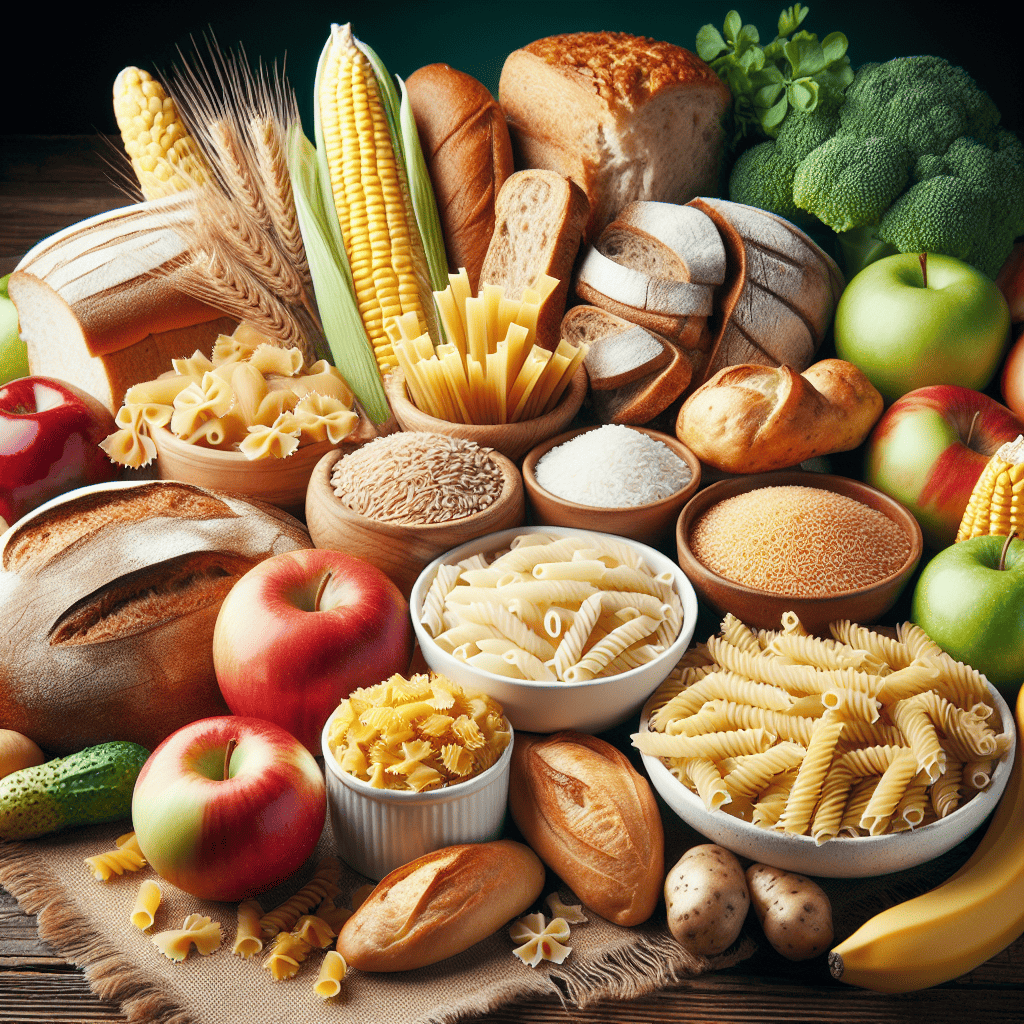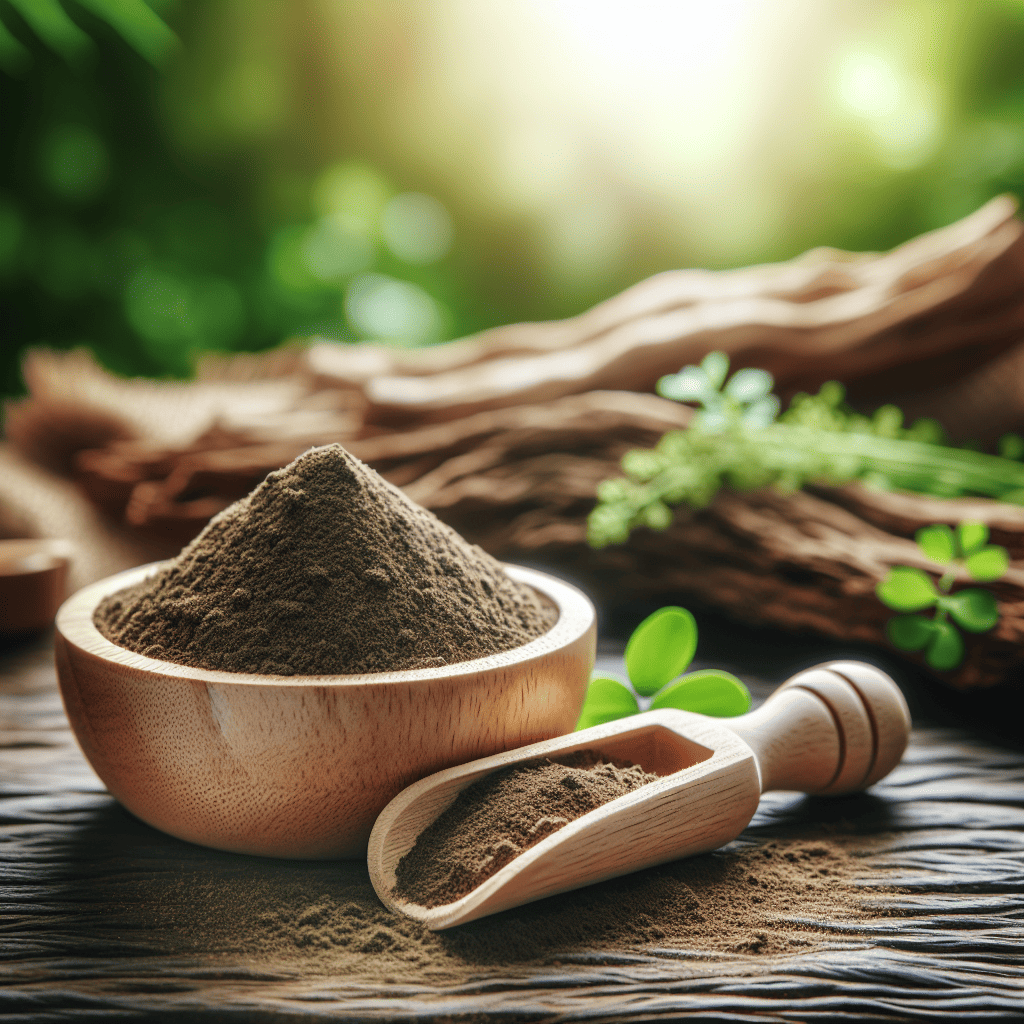Introduction: Corn flour is a versatile ingredient that adds a unique touch to desserts. This post explores the various uses of corn flour in dessert recipes, delves into its nutritional benefits, and clarifies the differences between corn flour and cornstarch.
Table of Contents
- Uses of Corn Flour in Desserts
- What are the Benefits of Corn Flour?
- The Difference Between Corn Flour and Cornstarch
Uses of Corn Flour in Desserts
Discover the creative ways corn flour can elevate your dessert creations.
- Utilizing Corn Flour in Pancakes:
Corn flour, also known as cornmeal, is derived from dried corn kernels that have been grounded into a fine powder. Its distinctive flavor profile and texture make it a versatile ingredient in many dishes, including pancakes. When incorporated into pancake batter, corn flour not only imparts a gentle sweetness but also adds a delightful crunch that elevates the overall sensory experience of enjoying pancakes. This unique twist on the traditional pancake recipe is sure to delight your taste buds and provide a satisfying mouthfeel.
In addition to enhancing the flavor and texture of pancakes, corn flour brings a host of nutritional benefits to the table. It is a good source of dietary fiber, which is essential for maintaining a healthy digestive system and promoting satiety. Corn flour is also rich in vitamins and minerals, including vitamin A, vitamin B6, and potassium. These nutrients play a crucial role in supporting various bodily functions, such as immune health, nerve function, and muscle contractions. By incorporating corn flour into your pancake recipe, you not only enhance the taste and texture but also boost the nutritional value of your meal.
Furthermore, the versatility of corn flour allows for experimentation with different flavor profiles and ingredient combinations in pancake recipes. You can customize your pancakes by adding mix-ins such as fresh fruits, nuts, or spices to create a personalized culinary creation. Whether you prefer a classic stack of corn flour pancakes drizzled with maple syrup or a more creative variation with blueberries and almonds, the unique flavor and texture of corn flour will complement a wide range of ingredients. So, why not shake up your pancake game and introduce corn flour into your next breakfast masterpiece?
- Baking Cakes, Biscuits, and Pizza with Corn Flour:
Corn flour, often referred to as cornstarch, is a fine, powdery substance made from the endosperm of corn kernels. When used in baking, it helps to create a softer texture in cakes, biscuits, and pizzas. The addition of corn flour provides a unique nutty flavor that elevates the overall taste profile of the baked goods. This ingredient is especially beneficial in gluten-free baking as it adds lightness and tenderness to the final product. It also aids in binding ingredients together, resulting in a moist and crumbly texture that is perfect for cakes and biscuits.
Including corn flour in your recipes can also lead to a pleasant golden color in the finished products. Due to its high starch content, corn flour helps with browning during baking, giving your cakes, biscuits, and pizzas an appetizing appearance. Furthermore, corn flour is a versatile ingredient that can be used in various ways beyond baking. It is often utilized as a thickening agent in sauces, gravies, and soups, due to its ability to create a smooth consistency without altering the flavor of the dish. Additionally, corn flour can be used as a coating for fried foods to achieve a crispier texture.
Experimenting with corn flour in your baking endeavors opens up a world of culinary possibilities. By incorporating this ingredient into your cake, biscuit, and pizza recipes, you can create unique and flavorful treats that will delight your taste buds. Whether you are looking to add a subtle nuttiness to your desserts or achieve a tender crumb in your baked goods, corn flour can enhance the overall quality of your creations. So, next time you are in the kitchen, consider reaching for corn flour to add a special touch to your favorite recipes.
- Enhancing Fruit Cake Recipes with Corn Flour:
Adding corn flour to fruit cake recipes is a brilliant way to enhance the texture and flavor of the cake. When mixed with the other ingredients, corn flour acts as a binding agent, helping to hold everything together. This is especially useful in fruit cakes, where the fruits can sometimes make the batter a bit loose. The corn flour helps create a denser and more cohesive structure, resulting in a cake that holds its shape well and is easier to slice.
In addition to its functional role, corn flour also contributes to the overall taste profile of the fruit cake. Its slightly sweet and nutty flavor adds complexity to the cake, balancing the natural sweetness of the fruits. This unique depth of flavor sets corn flour apart from traditional wheat flour and adds a subtle richness to the cake. The combination of sweet fruits and the savory notes of corn flour creates a harmonious blend of tastes that can elevate a simple fruit cake into a gourmet dessert.
Moreover, using corn flour in fruit cake recipes can help in achieving a moist and tender crumb. The corn flour absorbs moisture during baking, helping to lock in the natural juices from the fruits and preventing the cake from drying out. This results in a luscious and moist texture that is prized in a good fruit cake. Whether you are a seasoned baker looking to experiment with new ingredients or a beginner wanting to take your fruit cakes to the next level, incorporating corn flour into your recipes can be a game-changer that will impress your friends and family.
What are the Benefits of Corn Flour?
Explore the nutritional advantages that corn flour offers.
- Health Benefits of Corn Flour:
Corn flour, derived from finely-ground corn kernels, is a nutritional powerhouse that offers an array of vital nutrients. It is particularly rich in essential vitamins and minerals, such as iron, niacin, thiamine, and folate. These nutrients play crucial roles in various bodily functions, including supporting metabolism, promoting cell growth and repair, and maintaining overall health. By incorporating corn flour into your diet, you can ensure that your body receives these important nutrients, aiding in the prevention of deficiencies and supporting optimal health.
One of the significant benefits of consuming corn flour is its ability to help lower cholesterol levels. The soluble fiber present in corn flour can bind to cholesterol in the digestive system, preventing its absorption into the bloodstream. By reducing the amount of cholesterol absorbed, corn flour can assist in lowering overall cholesterol levels, thereby reducing the risk of heart disease and stroke. Including corn flour in a balanced diet can be a proactive step towards improving cardiovascular health and maintaining healthy cholesterol levels.
Moreover, corn flour is a valuable resource for improving digestion and providing sustained energy. The fiber content in corn flour aids in promoting regularity and preventing constipation by adding bulk to the stool. This can contribute to a healthy digestive system and reduce gastrointestinal issues. Additionally, the complex carbohydrates in corn flour serve as a long-lasting source of energy, providing a steady supply of fuel for the body. By incorporating corn flour into meals, individuals can benefit from improved digestion and sustained energy levels throughout the day, supporting overall well-being and vitality.
- Energy Provision and Digestive Health:
Corn flour is a rich source of complex carbohydrates which are beneficial for providing a steady release of energy. Complex carbohydrates take longer to digest compared to simple sugars, providing a sustained source of energy for a longer period of time. This quality makes corn flour a great choice for individuals looking to maintain stable energy levels throughout the day, whether it be for work, exercise, or other daily activities. By choosing corn flour as part of a balanced diet, one can avoid energy crashes that often come with consuming simple carbohydrates.
Moreover, the fiber content in corn flour plays a crucial role in promoting digestive health. Fiber is essential for supporting regular bowel movements and overall gut health. Consuming an adequate amount of fiber, as found in corn flour, can help prevent constipation and promote a healthy digestive system by bulking up stools and aiding in their smooth passage through the intestines. This can also contribute to a lower risk of developing digestive issues such as hemorrhoids, diverticulitis, and irritable bowel syndrome.
Incorporating corn flour into the diet can be a convenient way to not only enjoy its culinary versatility but also to harness its health benefits. Whether used in baking, as a coating for fried foods, or as a thickening agent in soups and sauces, corn flour can be a versatile ingredient in various recipes. With its ability to provide lasting energy due to complex carbohydrates and support digestive health through fiber content, corn flour proves to be a versatile and nutritious choice for individuals seeking to maintain overall well-being through their dietary choices.
The Difference Between Corn Flour and Cornstarch
Understand the distinctions between corn flour and cornstarch for informed cooking decisions.
- Composition and Culinary Uses:
Corn flour and cornstarch have distinct differences in their composition and usage. Corn flour is produced by grinding whole corn kernels, including the bran, germ, and endosperm, which lends a more robust corn flavor and some texture to dishes where it is used. On the other hand, cornstarch is derived solely from the endosperm of the corn, making it pure starch. This difference in composition results in varied culinary applications for the two ingredients.
Corn flour is often utilized in baking to impart a pronounced corn taste and a slightly denser texture to the final product. It can be found in recipes for cornbread, muffins, and certain types of pancakes. Additionally, corn flour can be mixed with other flours for use in breading mixtures to coat meats and vegetables before frying. Cornstarch, on the other hand, is prized for its thickening properties. When added to liquid-based dishes such as soups, gravies, or sauces, cornstarch acts as a powerful binding agent, creating a smooth and shiny consistency in the preparation. It is essential in producing a velvety texture in desserts like puddings and pastry fillings.
In summary, while both corn flour and cornstarch originate from corn, they serve distinct roles in the culinary world due to their differing compositions. Corn flour enhances flavor and texture in recipes, especially in baking and breading applications. In contrast, cornstarch shines as a go-to thickening agent, adding consistency and body to a variety of liquid-based dishes. Understanding the unique characteristics of these corn-derived products allows chefs and home cooks to harness their individual strengths to elevate the quality of their culinary creations.
- Flavor Profile and Texture:
Corn flour is made from grinding dried corn kernels into a fine powder. It is commonly used in baking to add a subtle sweetness and nuttiness to various dishes. Because of its slightly coarse texture, it can also provide a pleasant crunch in recipes like cornbread or cookies. Corn flour is particularly popular in cornbreads or tortillas, where its unique flavor and texture can shine. Additionally, it is naturally gluten-free, making it a versatile ingredient for those with dietary restrictions.
On the other hand, cornstarch, also known as corn flour in the UK, is a refined white powder made from the starchy part of the corn kernel. Unlike corn flour, cornstarch is neutral in taste and is often used as a thickening agent in culinary applications. When added to sauces, soups, or pie fillings, cornstarch creates a smooth and glossy texture without altering the flavor profile of the dish. It is a preferred thickening agent for those who want to avoid the cloudiness that can sometimes come from using flour as a thickener. Cornstarch is also a common ingredient in baking powder and is utilized to give baked goods a light and airy texture.
By understanding the differences between corn flour and cornstarch, home cooks and chefs can make informed decisions about when to use each ingredient to enhance their dishes. Whether you are looking to add a unique flavor and texture with corn flour or achieve a silky consistency with cornstarch, knowing how these ingredients function can elevate your culinary creations. Experimenting with both corn flour and cornstarch in various recipes can open up a world of possibilities in the kitchen, allowing you to play with different textures and flavors to create memorable dishes for yourself and others to enjoy.




